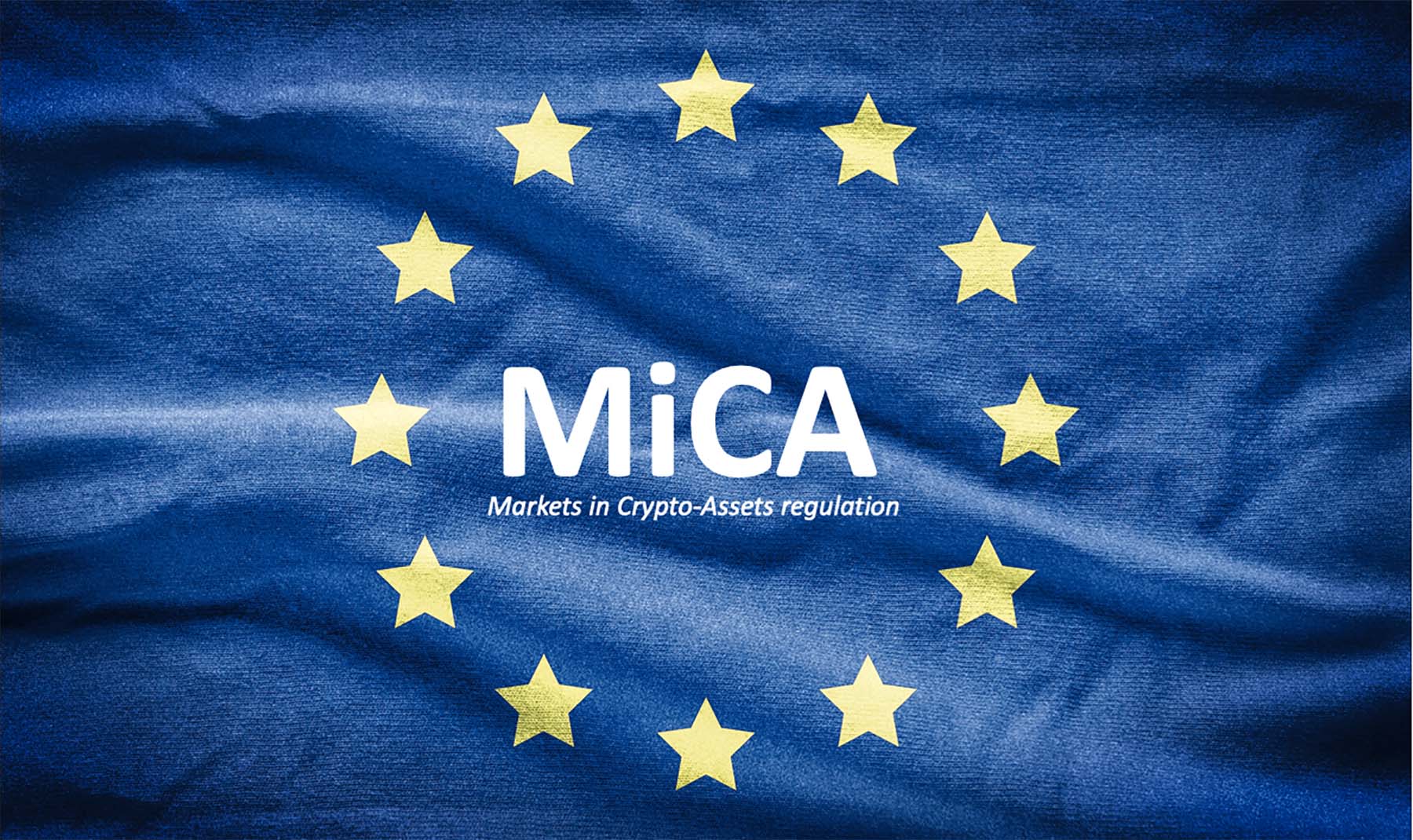In A Nutshell:
MiCA aims to balance the promotion of innovation with the need for consumer protection and market stability. While it introduces significant regulatory requirements that may pose challenges, it ultimately seeks to create a safer, more transparent, and competitive crypto market in the EU.
The MiCA (Markets in Crypto-Assets) regulation will have a profound impact on the EU crypto market, with both positive and challenging aspects for various stakeholders. Here's an overview of the expected effects:
Positive Impacts:
-
Regulatory Clarity and Certainty:
- Standardized Framework: MiCA will provide a clear and comprehensive regulatory framework across all EU member states, reducing legal uncertainties for businesses and investors.
- Harmonization: A single set of rules will apply across the EU, making it easier for crypto firms to operate in multiple countries without needing to navigate different national regulations.
-
Consumer and Investor Protection:
- Transparency: Mandatory disclosure requirements for issuers (whitepapers) will ensure that consumers and investors have access to detailed information about crypto-assets, including risks and rights.
- Security: Enhanced cybersecurity and custody requirements will protect investors' assets and reduce the risk of fraud and theft.
-
Market Integrity:
- Prevention of Market Abuse: Rules against insider trading, market manipulation, and other forms of market abuse will help create a fairer and more transparent market.
- Supervision: National and EU-level oversight will enhance the overall integrity and trustworthiness of the crypto market.
-
Innovation and Competition:
- Support for Innovation: Clear regulations can foster innovation by providing a stable environment for the development of new technologies and business models.
- Passporting: Crypto firms licensed under MiCA in one EU member state will be able to operate across the entire EU, enhancing competition and market access.
Challenges and Potential Negative Impacts:
-
Compliance Costs and Burden:
- Increased Compliance Requirements: Crypto businesses will face significant compliance costs associated with meeting MiCA's requirements, such as publishing detailed whitepapers, implementing robust cybersecurity measures, and maintaining sufficient capital reserves.
- Administrative Burden: Smaller firms and startups might struggle with the administrative burden of complying with the extensive regulatory requirements, potentially stifling innovation.
-
Regulatory Oversight and Adaptation:
- Transition Period: There will be a transition period during which businesses and regulators will need to adapt to the new rules, which might cause temporary disruptions in the market.
- Regulatory Arbitrage: Firms outside the EU might attempt to exploit differences in regulation between jurisdictions, although MiCA aims to minimize this risk.
-
Market Dynamics:
- Consolidation: The increased regulatory burden might lead to market consolidation, where only larger firms with sufficient resources can comply, potentially reducing diversity and competition.
- Barriers to Entry: New entrants might find it more challenging to enter the market due to the comprehensive regulatory requirements.
-
Technological Neutrality:
- Flexibility: Ensuring that regulations remain flexible and technologically neutral will be crucial. Rapid advancements in technology might outpace regulatory frameworks, necessitating ongoing adjustments to MiCA.
Long-Term Effects:
-
Enhanced Market Stability: Over time, MiCA's regulations are expected to lead to a more stable and resilient crypto market within the EU, reducing the likelihood of market disruptions and increasing investor confidence.
-
Global Influence: The EU's comprehensive approach to crypto regulation could serve as a model for other jurisdictions, potentially leading to more harmonized global standards.
-
Investment and Growth: Clear regulations can attract institutional investors who may have been hesitant to enter the crypto market due to regulatory uncertainties, potentially leading to increased investment and growth in the sector.
